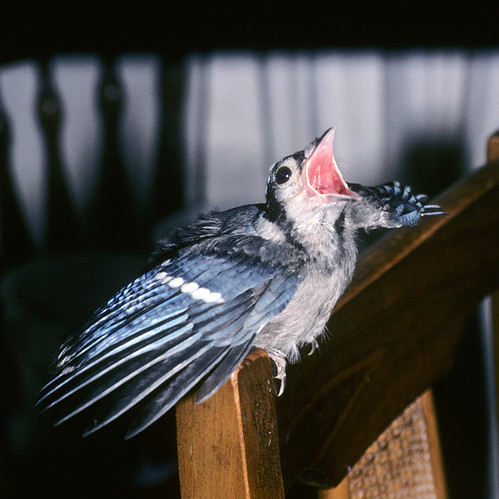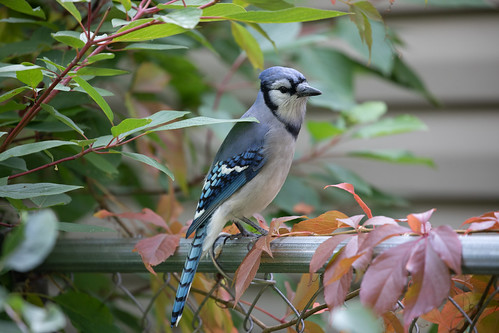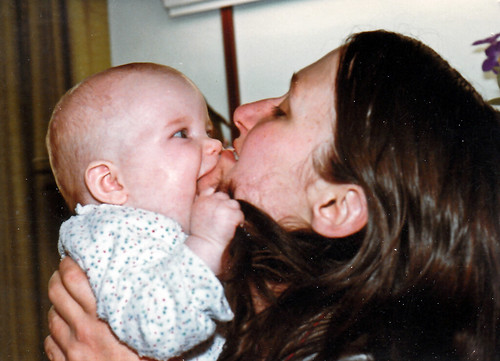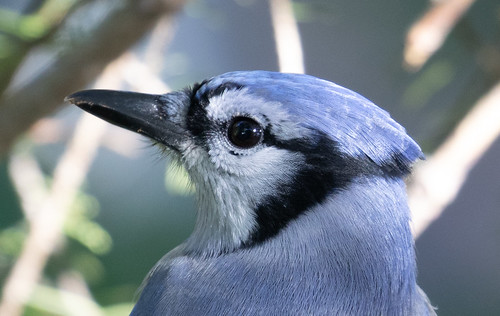When my daughter Katie was 7 or 8 months old, I decided to change my hairstyle so I could have bangs. Katie was my xenophobic child, terrified of strangers, and the moment she saw me with just that minor change, she started screaming. When I picked her up and held her tight, patting her back and talking to her, she settled down because she knew mommy from that angle, her face looking over my shoulder and just hearing my voice. But the moment she pulled back to look at my face again, she started screaming. It took almost a week for her to get used to the “new mommy.”
Trying to keep “mommy” looking the same, I’ve been getting my hair colored for 28 years (yes, over a quarter of a century!), starting when I had just a few gray strands. I started getting it colored as something of a joke on my 40th birthday, wanting just a bit more time before I let it go. Neither Russ nor my mother-in-law noticed at all, and I figured it really was for the best in a lot of ways to just let it be.
But then my 10-year-old son Joey walked in the door and instantly exclaimed, “Mom! Your gray hair is all gone! Oh, I’m so relieved!” That was the year his grandpa had died, so it struck me that the kids’ fears of losing their parents were close to the surface, and gray hair must have seemed like evidence of mortality. So I decided to keep getting my hair colored until they had all graduated from high school.
The last graduation was well over a decade ago, but by that time, publishers and various speaking venues were using publicity photos of me, and an abrupt change in my hair color would have required me to focus on my appearance when I just wanted to focus on birds. And the longer I waited, the more white hairs grew in. Suddenly it was impossible to let it go gracefully and gradually gray the way I'd sort of wanted in the first place. So I followed the path of least resistance and kept going back to Shelley for a “cut and color” every five or six weeks, year after year.
But the pandemic changed everything. I stopped going anywhere in March, and little by little, the thin stripe of white that appeared along my part just before those regular trips to the hairdresser started widening. One inch. Two inches. Three inches. My hair was more and more ragged, the half-brown, half-white looking more and more bizarre.
Now that baby Walter is beyond the newborn stage, we decided it would be reasonably safe for me to get a haircut since Shelley enforces excellent social distancing rules. On Tuesday I told her to cut off as much as she needed to to make it look reasonably good again. Now I can honestly say that COVID-19 turned my hair white.
Oddly enough, Walter loves it. From the start, he's focused on the white part on top, which made me different from every other person in the house anyway. And Walter's mommy looks the same as she did—I'm just the grandma. The person handling my all-white hair color worst is me—now when I look in the mirror, a stranger is looking back at me, and I'm realizing how disconcerting it was for Katie when her mommy suddenly looked different. It's also made me start thinking more about Joey’s reaction the first time I got my hair colored. Was it really that a few gray hairs represented impending doom to him, or might it have been something even deeper? Maybe a few stray gray hairs made me look subtly like a stranger rather than the mommy he had always known.
That white-haired lady in the mirror may not look like me to my eyes, but she did call to mind a clever study that established that one corvid, the magpie, understands that its reflection in a mirror shows its own self. When researchers applied a white spot of non-toxic color to a magpie's black throat or upper chest, where it couldn’t see it, and then brought it to a mirror, the magpie apparently immediately realized the spot was on its own feathers and tried to claw it off by scratching with its foot. If the researchers applied a black spot, blending with its feathers, the bird paid it no mind.
 |
| A baby jay I'd raised. I never thought to take a photo of one at a mirror, and that was before I knew how to video-record anything. |
I don’t know of a study about Blue Jays understanding reflections, but I’ve been pretty clear about that since my rehab days when I raised a few baby Blue Jays. Several times I brought one into the bathroom to show it the mirror. I’d hold it on my finger and watch as it studied the mirror. It always started by tapping at the baby jay in the reflection, cocking its head this way and that and tapping again. When it focused on my reflection, it always quickly looked at my real self and moved its head back and forth several times comparing the reflection and me. Each little jay seemed to figure it out enough to be satisfied within a minute or two. Next time I brought that bird to the mirror, it would do those same two things again—tap at its own reflection and look back and forth between my reflection and me—but for a shorter time before losing interest.
Intriguingly, the timing of molt for most adult birds is after they’re done raising young for the season. Birds that molt into entirely different winter plumage, such as tanagers and goldfinches, seem to be species in which the young don’t stay with their parents. In all the species I can think of in which the young do stay with their parents through and beyond the summer molt, such as geese, swans, jays, crows, and chickadees, the adults look pretty much the same before and after the molt, except that the new feathers are much fresher. I wonder if it's rather a rule in birds that parents hold onto the same general appearance during the time their young remain with them.
Except my own rule doesn't always hold. Some Blue Jays molt all their head feathers at once. A bald Blue Jay looks nothing like a fully feathered one, and I know some of the bald jays in my own yard this summer were still feeding fledglings.
 |
| I'm pretty sure the adult (on the right), just starting to molt its head feathers, is the same bird as in the following two photos. This was taken August 7. |
 |
| This was taken August 13, and this bird was coming to my whistle exactly as the bird in the previous photo was. It was also still feeding young birds. |
 |
| This bird, coming to my whistle for peanuts exactly as the previous two, was photographed here on September 23. |
I’ve never heard any evidence that Blue Jays beg for food from adults other than their own parents, but evidently the young jays manage to recognize their parents before, during, and after they molt all their head feathers, an accomplishment that certainly exceeds that of a 7- or 8-month old human baby who can’t recognize her own mother after a minor haircut. This may not mean much, but I’m taking it as more evidence that Blue Jays are, indeed, smarter than humans. Of course, that was obvious anyway. Never has any Blue Jay ever gone, every 5 or 6 weeks throughout its adult life, to a hairdresser to change the color of its natural plumage. That's not just evidence of Blue Jay intelligence—it’s also due to the incontrovertible fact that Blue Jays are prettier than we are. Beauty and brains in an elegant 3-ounce package. Who could ask for more?



